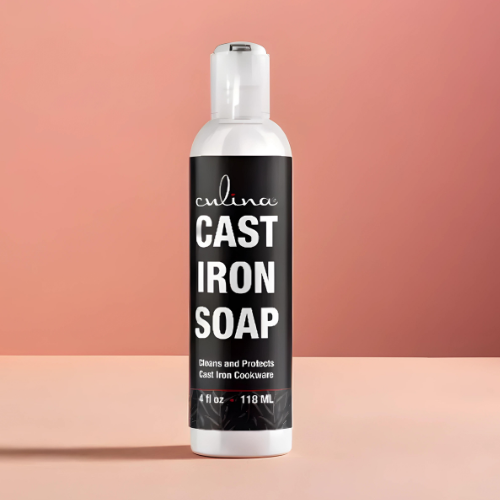
Introduction
Welcome to an in-depth guide on how to determine the size of a Dutch oven. Dutch ovens are versatile kitchen tools, cherished by professional chefs and home cooks alike. Knowing the exact size is crucial for getting the best cooking results.
Choosing the right size for a Dutch oven can be daunting, especially for those new to the world of cast-iron cookware. This guide will provide detailed insights and clear steps to ensure you select the perfect Dutch oven size for your culinary needs.

Why is Size Important?
The size of your Dutch oven impacts cooking efficiency and the quality of your food. A well-sized Dutch oven ensures even cooking and optimal heat retention. On the other hand, choosing an ill-fitted size can lead to undercooked or overcooked dishes, inefficient energy use, and frustration in your kitchen.

Common Dutch Oven Sizes
Standard Sizes
The most common Dutch oven sizes range from 3 to 8 quarts. For beginners, a 5 to 6-quart Dutch oven is ideal as it strikes the perfect balance for most recipes. Smaller sizes (3-4 quarts) suit individual meals or side dishes, while larger sizes (7-8 quarts) are great for big family meals or entertaining guests.
Mini and Extra-Large Dutch Ovens
Mini Dutch ovens (1-2 quarts) are designed for single servings or small portions. Extra-large Dutch ovens (9+ quarts) cater to larger batches, making them suitable for commercial kitchens or large family gatherings.
Factors to Consider
Cooking Needs
Consider what you will be cooking. For instance, if you often make stews, roasts, or bake bread, youll need a larger pot. For small servings or individual portions, a smaller one will suffice.
Storage Space
Storage is another critical factor. A larger Dutch oven requires more storage space and can be heavier. Ensure you have adequate storage before making a purchase.
Heat Distribution
Different sizes affect heat distribution. Larger ovens distribute heat more evenly, while smaller ones can heat up faster but may not retain heat as well. Knowing your heat preferences can guide you in choosing the right size.
How to Measure the Capacity
Step-by-Step Guide
To measure the capacity of a Dutch oven, fill it with water until it reaches the brim. Then, carefully pour the water into a measuring cup to determine the capacity in quarts.
Manufacturer Labels
Most manufacturers provide the size on the product label. Checking the label is an easy way to know your ovens capacity without manual measurement.
Choosing the Perfect Brand
Reputable Names in Dutch Ovens
Brands such as Le Creuset, Lodge, and Staub offer high-quality Dutch ovens in various sizes. Reading reviews and comparing features can help you choose a brand that meets your needs.
Budget Considerations
Your budget will impact your choice. High-end brands may offer better quality, but there are affordable options that perform well. Strike a balance between quality and cost.
Popular Uses of Dutch Ovens
Baking Bread
Our detailed guide on baking bread in a Dutch oven explains everything you need to know about using this versatile tool for perfect loaves.
Cooking Pot Roasts
Prepare exquisite pot roasts by following the steps in our article on how to cook pot roast in a Dutch oven.
Maintaining Your Dutch Oven
Cleaning and Care
Proper maintenance can extend the life of your Dutch oven. Visit our guide on cleaning a Dutch oven for essential tips.
Seasoning
Seasoning is crucial for cast-iron Dutch ovens. It helps maintain a non-stick surface and prevents rust. Regular seasoning keeps your Dutch oven in top shape.
FAQs
What size Dutch oven do I need?
It depends on your cooking needs and family size. A 5-6 quart oven is versatile for most cooking requirements.
How do I measure a Dutch oven?
Fill the Dutch oven with water and transfer it to a measuring cup to get the capacity in quarts.
Which material is best?
Cast-iron is durable and excellent for heat retention. Enamel-coated options are easier to maintain.
Learn more from external experts at Serious Eats.
As an Amazon Associate, I earn from qualifying purchases.

